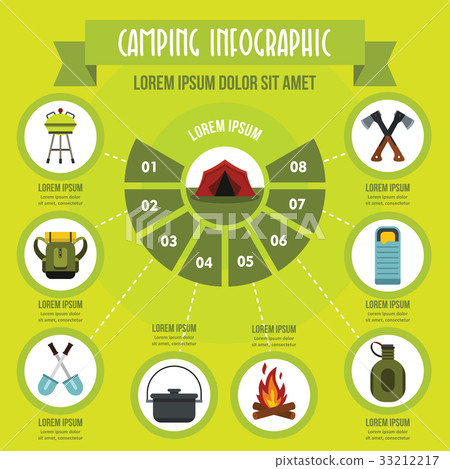Setting up your tent can be a complicated job for also experienced campers. This guide will certainly cover the basics of pitching an outdoor tents effectively and securely so you can enjoy your camping trip without tension or concern.
Where can I camp at Camp Bestival?
Begin by outlining your tent's footprint and ground sheet to safeguard your outdoor tents flooring from rocks, sticks, dust, and other particles. Next off, construct the tent poles and attach them to the corners of the tent body using the appropriate sleeve or hook.
Choosing the Right Site
When you are tired after a long day hiking, you want to pitch your tent and prepare yourself to sleep. But you ought to first stroll around the website to see to it it is safe for camping. Look down and up to discover whether any kind of trees have large dead branches that could fall on your camping tent. These are often called widowmakers and you don't want them to drop on you while you're sleeping.
Also be sure to avoid low spots that could flooding throughout a storm and to camp away from animal routes, nests and environments where ticks and chiggers are probably to grow. Search for a flat, rock-free spot that is big sufficient for your outdoor tents and any other equipment you'll be bringing.
Some people like to establish their camping tents up so the head end is sharp toward the east to capture the sun's warming rays first thing in the morning. This isn't constantly needed, but it is a nice touch that can aid wake you up.
Pitching Tips
It might appear apparent, but proper outdoor tents throwing is just one of one of the most essential factors in a good night's rest. Having a practice run in the house will certainly aid you acquaint yourself with your outdoor tents, discover all the pole sleeves and fasteners, and see to it every little thing is in place. It's additionally a fun time to practice using guylines for security and to find any kind of damaged items.
When you reach your camping website, take a look at the terrain to see if it appropriates for your camping tent. camping tents shop A good general rule is to pitch the camping tent on a flat, degree place with a small downhill angle. This will allow rainfall to recede from the camping tent rather than merging before it.
If you can't locate a level location, think about placing a tarpaulin or other groundsheet under your outdoor tents impact to secure it from moisture. This can additionally help maintain dirt out of the outdoor tents.
Using Guylines Properly
Using individual lines successfully is essential to seeing to it your camping tent or hammock remains safe in high winds and other negative weather. An individual line is a rope or cable that attaches to the ground with loops and D-rings in the framework, tarp, or rainfly.
Begin by securing one end of the line to a guyout loop on your outdoor tents or rain fly, or to the post it's attached to. After that loop the various other end of the line over a stake put faraway from the structure and tighten it.
Maintaining your shelter's person lines taut will prevent drooping or drooping during gusty conditions, stopping moisture from leaking into the camping tent or damages to the structure and enhancing comfort and safety during outdoor camping. Always inspect the stress of your man lines during and after negative climate condition to ensure they stay safe and secure. Additionally, consider packing an individual line tensioner to easily change and keep the proper amount of stress in your lines.
Taking Down the Camping tent
When clearing up into your campground, locate a spot with a flat location and clear it of rocks and debris. Likewise, make certain to lay down a camping tent impact or tarp somewhat smaller sized than your outdoor tents body to prevent water merging. This aids keep your camping tent dry from rain or condensation and can be specifically helpful in windy locations.
Analyze your equipment, including the camping tent things sacks to see to it nothing is missing. Inspect that the posts fit into their clips and restock first-aid products if required.
When it's time to pitch your outdoor tents, begin by orienting the doors downwind, and stake down each corner of the camping tent. If the ground hangs or sandy, consider spreading a tarpaulin under your outdoor tents to shield it from wind and reduce the possibility of your camping tent toppling. Additionally, be sure to use guylines successfully to restrain your rainfly and maintain it tight. A well-pitched tent can avoid leaking, condensation, and sunlight damages.
Why does a canvas tent leak when you touch it?
